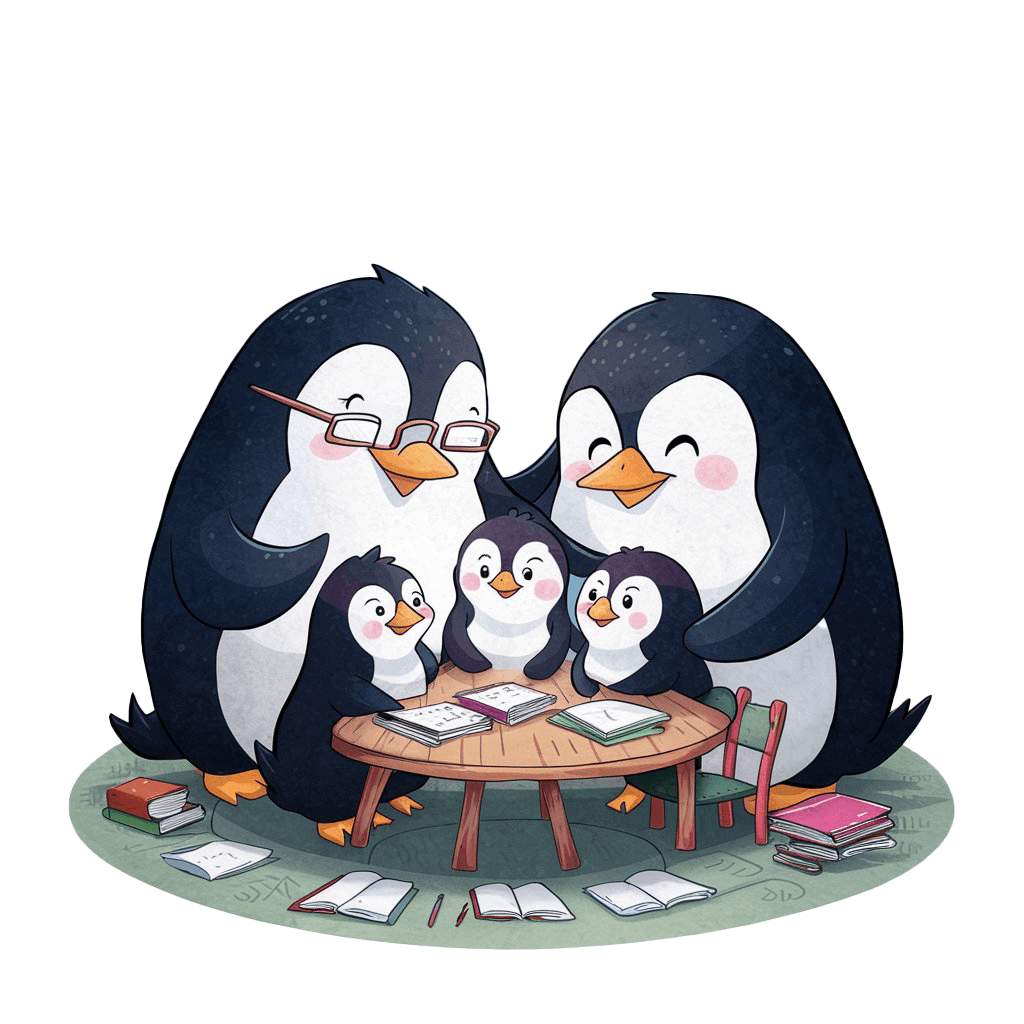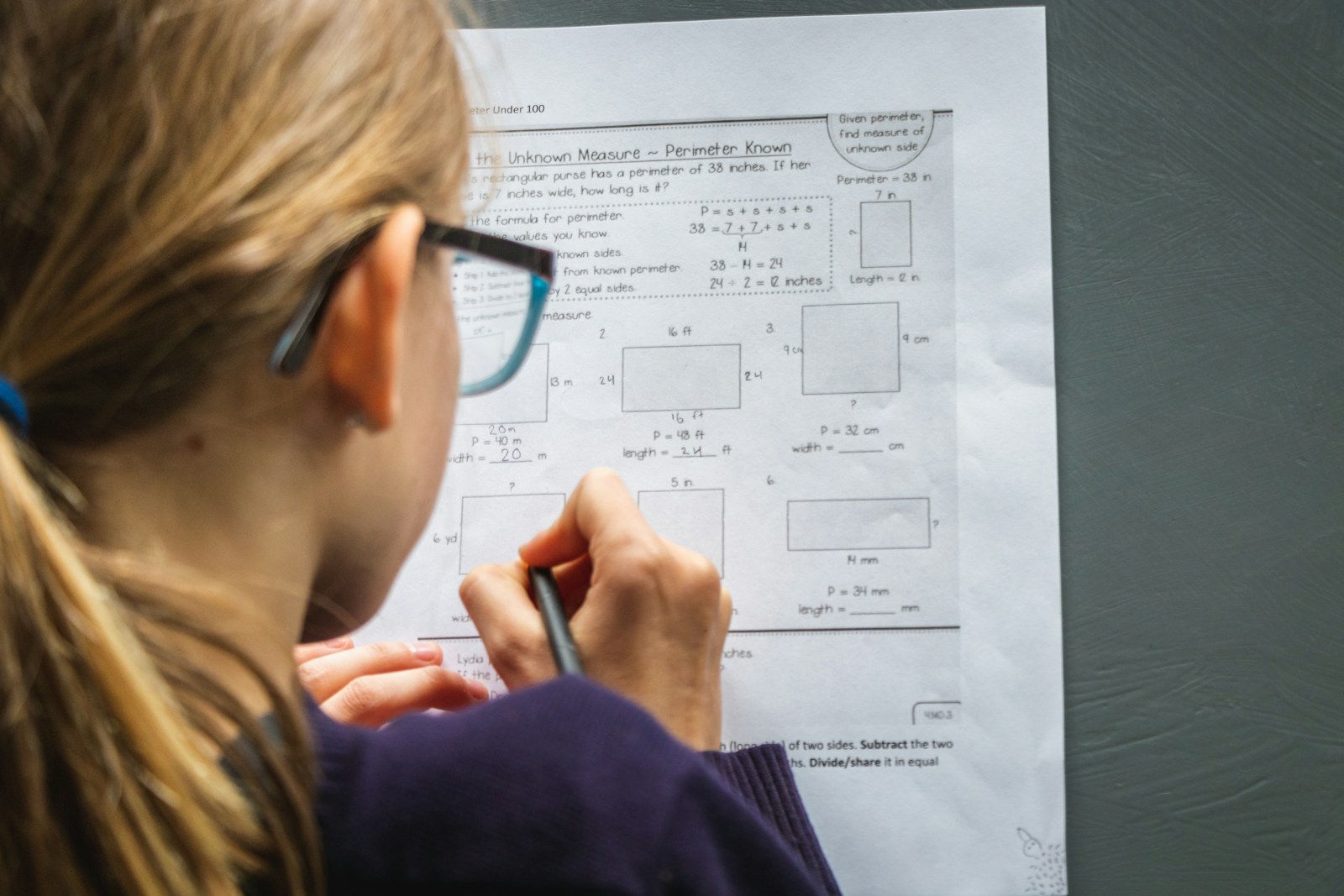
Screen time is one of the most contentious phrases when it comes not just to education but to parenting in general. How much is too much? Will TV rot their brains? Without strict rules around usage won’t kids just sit lethargically all day?
TV, like all forms of media, is an aspect of life children need to be taught to self-regulate and use efficiently, and while that includes allowing them to learn how much TV is too much to use as downtime, it also includes making smart choices about what they’re watching. If the programmes on TV are good ones, TV can play an active role in education.
There are some fantastic TV channels and many brilliant programmes. Watching TV can inspire and intrigue, expand horizons and broaden knowledge. For home educators, TV is an educational resource that’s easy to tap into.
Educational TV
- Operation Ouch! Demystifying medicine and illness, making biology fun.
- Wonder Quest – an excellent multi-subject (YouTube) show. Explore the world with Stampy.
- Inside the Factory.
- How It’s Made.
- Brain Games (National Geographic)
- How Stuff Works (Discovery Channel)
- MythBusters and MythBusters Jr.
- Cosmos: A Spacetime Odyssey
- Nova (PBS)
- The Age of A.I
- Countdown – if you’ve used the MathsFactor as part of your home education maths curriculum, the older episodes that catapulted Carole Vorderman to fame are fun (if a bit sexist but that’s a whole other lesson planned there…)
- Catchphrase
- Secrets of the Saqqara Tomb (Our homeschoolers loved this show!)
- University Challenge / Quiz Shows
Watching TV together is an easy way to spend time relaxing with your home-ed kids. It’s also a great way to start conversations. Whether it’s expanding topic vocabulary, introducing ideas or topics or following an interest of theirs, watching TV together is a great way to start conversations.
Cooking shows are about so much more than food prep when you approach them from a home-ed perspective.
- Which culture does the dish come from?
- How did it originate?
- Is fusion cuisine an appropriation of culture or a natural evolution of food? And so many more diverse questions that cover everything from nutrition to cooking, sociology to politics, geography and travel.
The Final Table is a great cooking show. It’s a TV competition similar to Masterchef, except instead of home cooks, professional chefs compete in pairs to win a place at the table next to the worlds’ most acclaimed chefs. It’s a great show that explains a lot about different cuisines and also shows the many different routes you can take into a culinary career – great for inspiring homeschoolers with an interest in developing culinary skills or interested in following a culinary path.
Even if food isn’t anyone’s passion or cooking from scratch isn’t part of your family’s lifestyle, food shows are always conversation starters and if you’re lucky, the show will inspire your home learners to experiment in the kitchen themselves. Masterchef is brilliant to watch with budding chefs and a fun show to replicate at home.
Extension lessons for TV shows
- Write like a critic: Review your favourite restaurant for a newspaper
- Practice descriptive writing: Describe your favourite food / the worst meal you’ve ever eaten
- Write a recipe for a country/ season inspired dish: Write a shopping List: Cook (and serve) the meal.



Antiques Roadshow / Pawn Stars for general knowledge and history put into context.
Forged in Fire and Life Below Zero for subtle messages of the benefits of committing fully to tasks, of persevering when things get tricky and the importance of setting goals: all important for home-ed.
Science-based shows presented by Michael Mosley/ Neil deGrasse Tyson/ Brian Cox.
Documentary style shows presented by Simon Reeves. Anthony Bourdain. Joanna Lumley – travel, food, social (and political) commentary, explorations around the world.
From these shows our homeschoolers have been inspired to ‘forge’ swords (from wood using techniques from the show), have independently researched many time periods in history to put things they’ve seen into context, have spent time perusing auction houses and locating places they’ve seen on a show on maps and Google Earth, and have asked (and answered) hundreds of questions.
TV that expands their horizons, shows different ways of living life and examples of extraordinary people, living life exceptionally, in a variety of ways, all over the world, must surely be educational.
Catchphrase (the original!) is a fun way to learn phrases in English and once the homeschooler’s got the concept of the show, you can play it at home, seeking out foreign language phrases to use. For language learning, using subtitles on any show your kids enjoy is a great way to passively improve their vocabulary and spelling ability without them realising they’re learning.
Living history
TV shows can be fantastic ways to put history into context and make it real for students.
- Mystery of Matter: Search for the Elements – a three-part genius show that puts the periodic table in context and can act as the starting point for numerous lessons about scientists and elements of science (sorry, couldn’t resist).
- Horrible Histories (and the spin-off film Bill)
- Andy’s (Dinosaur and Prehistoric) Adventures – a fun, step-back-in-time series for younger kids.
- The Who Was Show – introductions to some of the world’s most famous names – a simple resource to use as part of more in-depth lessons on key historical figures.
- Secrets of the Museum – a fascinating look behind the scenes at the V&A – great for looking at history and how we display it (not forgetting to chat about the ethics of how we acquire such history). Also a great introduction to the variety and range of job possibilities for history lovers.
- Great Museums – one of the most fascinating and diverse shows out there exploring art, civilisations and history via museums all around the world. The accompanying website contains SO many lesson resources that an entire home-ed history curriculum could be made purely using resources from this site.
Experiencing history through the eyes of those who lived it is one of the best ways to help children engage with the past. There are of course brilliant books that do this and you definitely don’t need TV to teach history, but TV has the power to bring history to life in a way other sources can’t.
Whenever you’re studying a specific time period, see if there is a show set at that time homeschoolers might enjoy: The Railway Children for Britain in the early 1900s, Little House on the Prarie to accompany the American Civil War, The Secret Garden when studying Britains Colonisation of India etc.
(If the show is adapted from a novel, read the book first if you can.)
TV is a passive, pressure-free tool that can be positive for language development if used selectively, in small doses. The language children/teenagers watch TV in can act as exposure to a second language. For bilingual children in a non-native environment, TV is great exposure to accents and native pronunciation; subtitles can be both a vocabulary aid and language learning tool and watching a foreign language show is an active listening activity.
TV works well as a bribe for reluctant readers – finish the Dickens/Lemony Snicket etc and we can watch the corresponding show/film, and TV shows based on books can inspire watchers to turn into readers.
TV is much like anything really – too much of it is bad for you. But that doesn’t mean it’s going to rot a child’s brains; if used cleverly, it might just expand them.



